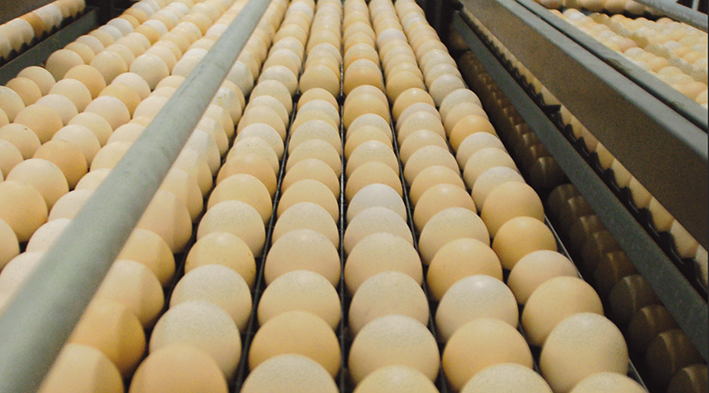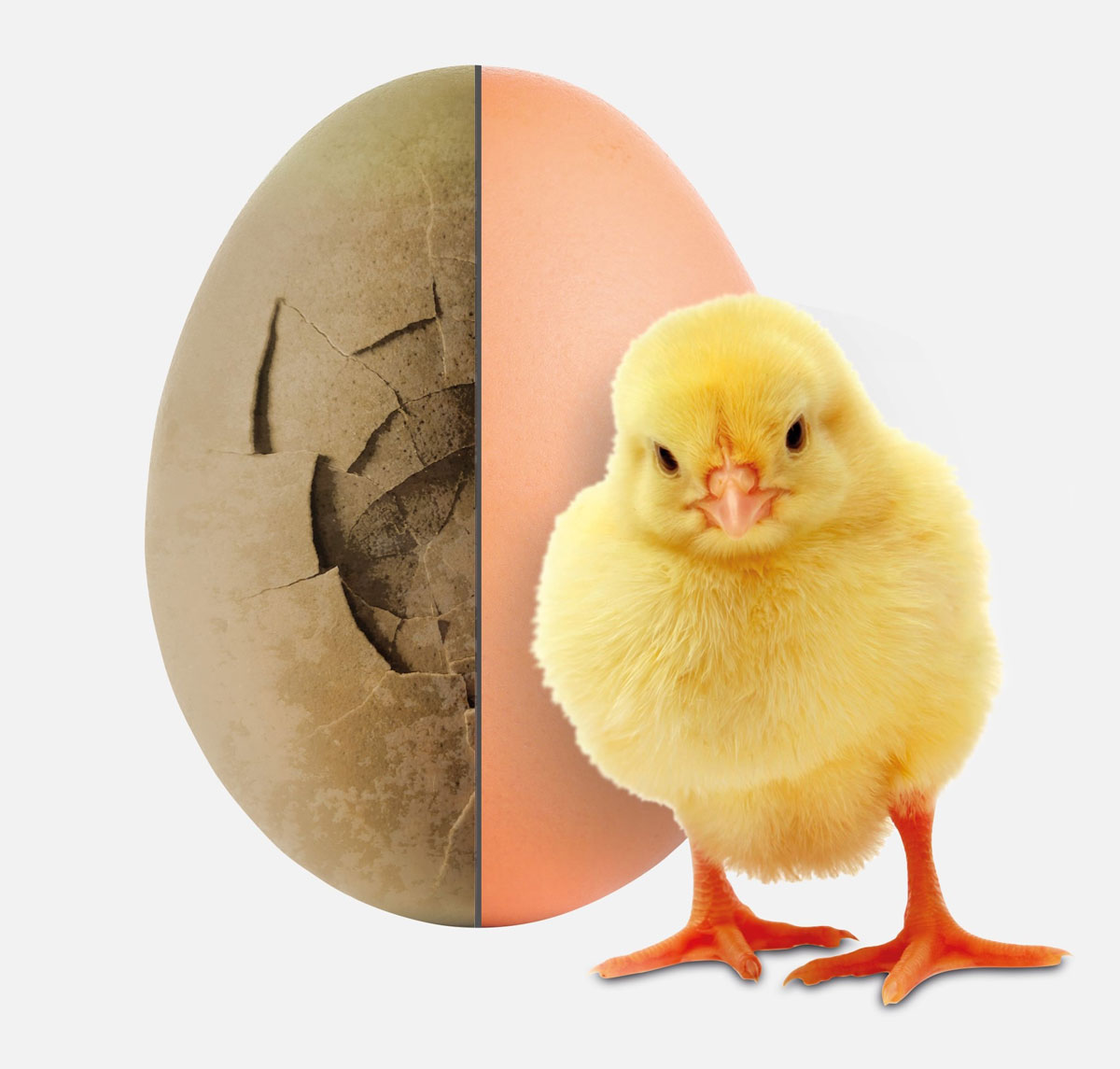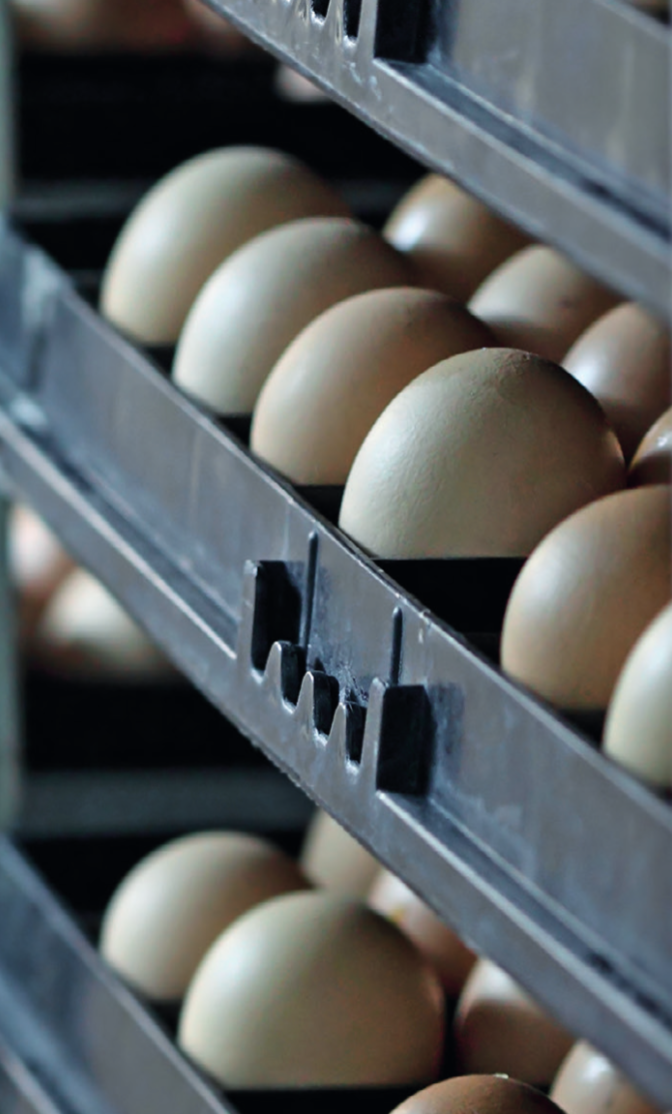
Disinfection of hatching eggs is one of the CCP’s (critical control points) that plays an important role in the global hygiene management of hatcheries. Its aim is to reduce the entrance of pathogens into the hatchery and to minimize the negative effects of them on hatchery results. After being laid, the egg is constantly exposed to contaminations. It is crucial to destroy micro-organisms while they are still on the egg shell. Once micro-organisms penetrate the shell, they reach the shell membrane within minutes and are protected from the disinfectant.

Disinfecting hatching eggs by fumigating or cold fogging them with a disinfectant solution is a practice which is widely used and appreciated. Mainly because during this procedure the eggs don’t get wet and the protocol also can be fully automated. Extensive field research of CID LINES, an Ecolab company, has shown that the relation between the droplet size of the vapour (“fog”), the contact angle (wettability), the type and concentration of the chemicals used, have a huge impact on the success of the disinfection results of the hatching eggs. To create this optimal fog for maximum disinfection results, CID LINES, an Ecolab company, offers a spraying nozzle (ask your CID LINES, an Ecolab company, local dealer for more information).
 Before setting
Before setting
Penetration of the hatching eggshell by microorganisms results in embryonic mortality, weak chicks, high chick mortality and poor chick growth. The most effective sanitation system involves treating the eggs as soon as they are collected from the nest and before microorganisms penetrate the shell through its pores. A common management tool in the handling of hatching eggs is treatment of the eggs with a type of disinfectant by fumigation to reduce the number of microorganisms on the shell surface. Preferably the whole disinfection process (from start to finish) should be automated so full control of product consumption, air extraction time and safety for personnel can be guaranteed.
During incubation
After the hatching eggs are set, they are ready for the final stage of the hatching process. Before the hatching eggs can enter the hatchers, they should be of course well cleaned and disinfected. To support the hygienic circumstances in which the chicks are going to hatch, the hatcher can be fumigated with a disinfection solution. Field trials have shown a lower mortality during the first week of the chicks lives when hatcher fumigation was being applied with one of our disinfection solutions.
Discover our products



 Before setting
Before setting